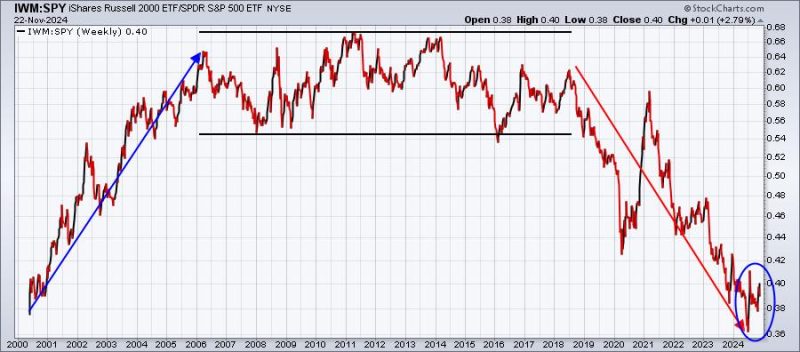In the challenging financial landscape of the 21st century, an interesting dynamic has emerged – small and mid-cap companies are turning their adversities into opportunities, thus embodying the age-old adage ‘turning lemons into lemonade’. They have proven to be deft navigators in the turbulent sea of global finance, demonstrating flexibility, adaptability and resilience in the face of adversity.
Small and mid-cap companies, generally defined as businesses with market capitalizations between $300 million and $2 billion, have been able to carve out strong positions in their respective niches, despite the odds often being heavily stacked against them. When compared to their large-cap counterparts, these businesses do not have the luxury of expansive resources or deep pockets, yet they are charting enviable growth trajectories.
One of the chief reasons for this commendable display of resilience by small and mid-cap companies is their ability to innovate rapidly and effectively. Due to smaller organizational structures, decision making is quicker and much more decisive, enabling them to launch new products or services in response to changing market dynamics swiftly. This agility is a critical asset, particularly in the face of unprecedented disruptions such as the COVID-19 pandemic.
Moreover, these entities typically operate in niche areas, giving them a competitive edge and enabling them to cater to specific market segments efficiently. Such a specialized focus often allows for greater control over their business environment and less exposure to broad market fluctuations.
Additionally, small and mid-cap companies tend to be under-researched in comparison to larger firms. This lack of scrutiny can sometimes work to their advantage, as they are less likely to fall victim to market hype or speculation. Consequently, they often exhibit a steadier trajectory of growth.
Risk diversification is another strategy employed by several small and mid-cap entities. By avoiding excessive dependency on a particular market or a product, these companies reduce catastrophic risks. This diversified approach not only minimizes risk but also opens up avenues for organic growth.
However, turning lemons into lemonade is not an easy task, and these companies encounter their fair share of challenges. Managing operational costs, responding to intense competition, dealing with regulatory changes, and access to capital are some hurdles these companies must overcome.
To mitigate these challenges, small and mid-cap companies have often turned to partnerships and collaborations with other businesses. Such alliances can share risks, pool resources, and create synergies, ultimately promoting financial stability and robust growth.
In conclusion, small and mid-cap companies have shown that size is not always an indicator of success. They have demonstrated remarkable resilience, flexibility, and innovation, all of which have been instrumental in their ability to turn adversities into opportunities. This ‘lemonade’ that they have managed to create from ‘lemons’ is a testament to their business acumen and determination, providing valuable lessons for businesses across the spectrum.
